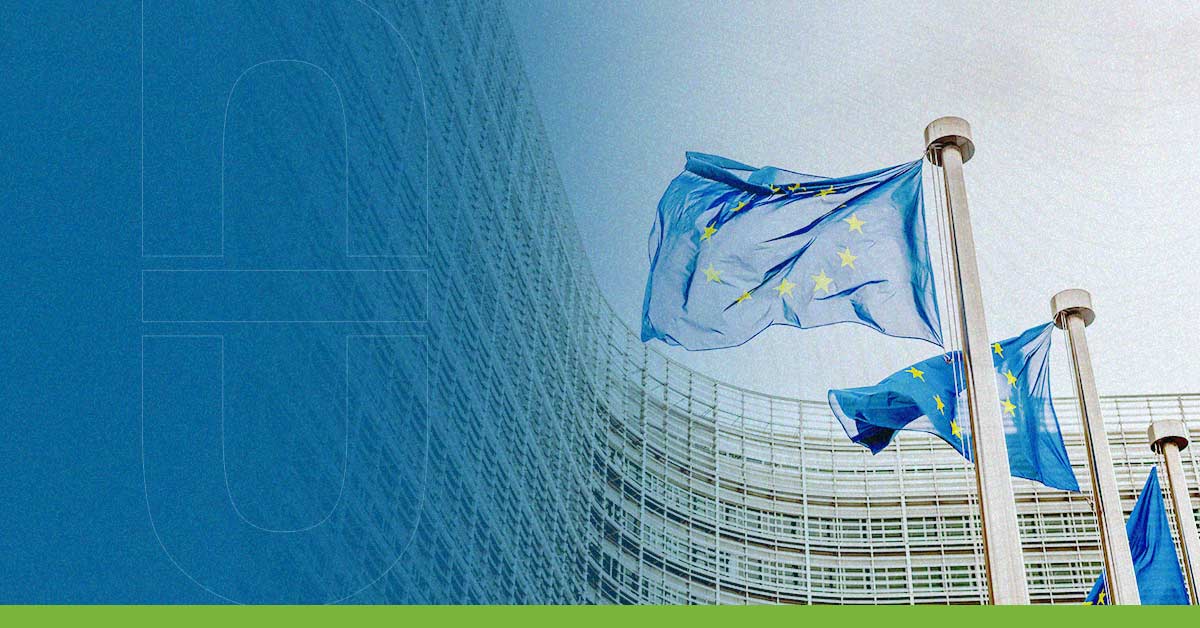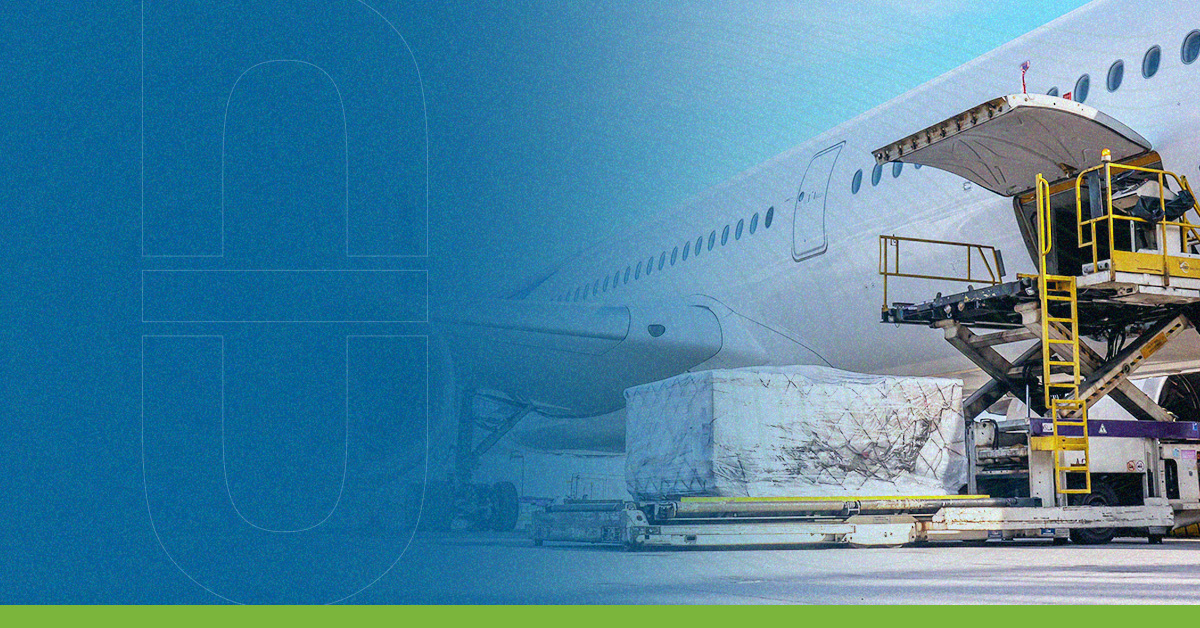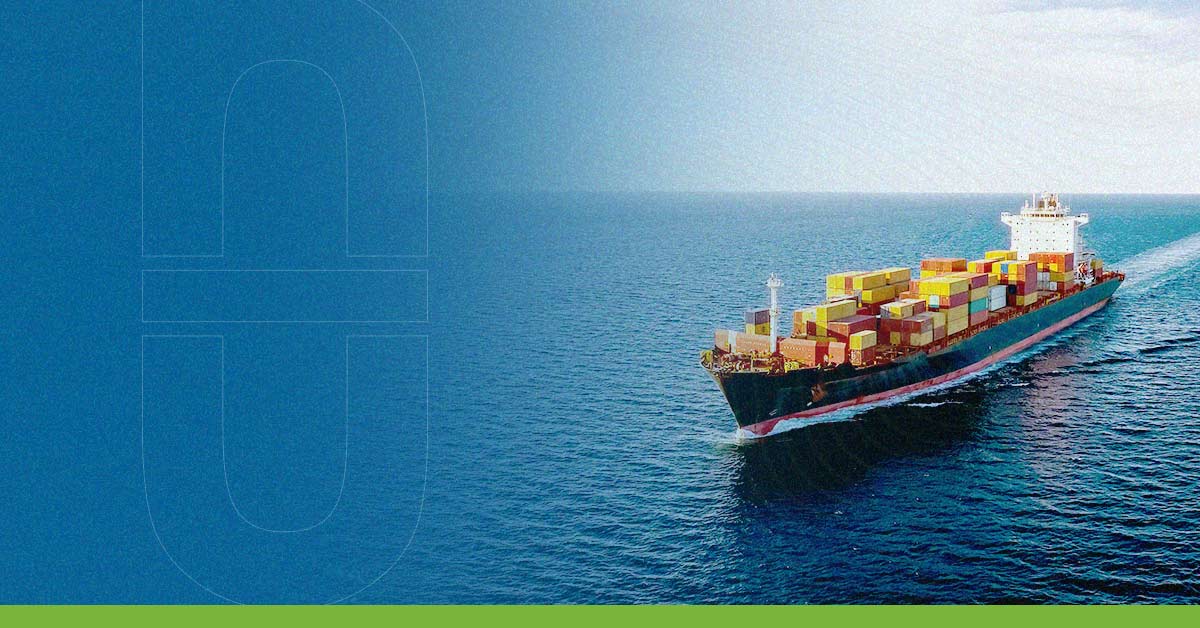The European trade framework is entering a decisive phase. The European Union is preparing the most significant customs reform in decades while redefining its geopolitical and maritime position in relation to China and the United States. The shift will impact global trade, logistics, and eCommerce.
End of exemptions: The first major shift in the European trade framework
The EU has agreed to eliminate the customs exemption for packages under €150 coming from outside the bloc. This reform, aimed at closing regulatory gaps, will fully enter into force in 2028. However, ministers have proposed an interim solution to ensure low-cost goods begin paying duties as early as 2026.
Denmark’s Minister for Economic Affairs, Stephanie Lose, stated that the agreement creates “a level playing field” for European companies. It will also limit the massive inflow of low-cost items shipped in multiple small parcels to avoid tariffs.
According to the European Commission, 65% of packages declare a value lower than their actual worth. In 2024 alone, 4.6 billion parcels under €150 entered the EU—about 12 million a day. The new regulation aims to curb these practices and reduce their environmental and competitive impact.
To enforce stricter controls, the EU is developing a centralized customs data platform. It will calculate duties per item and strengthen oversight across all member states. The system is expected to go live in 2028.
China, eCommerce, and tension across the logistics chain
China will be the most affected country. In 2024, 91% of low-value shipments entering Europe originated there. Platforms such as Shein, Temu, and AliExpress will lose one of their strongest selling points: ultra-low prices enabled by fragmented shipping.
The new European trade framework will force these companies to absorb higher customs costs or pass them on to consumers. They will also face stricter customs checks, similar to those already required of European businesses.
This shift will reshape the global logistics chain, as parcel-splitting strategies will no longer be profitable. At the same time, competition will become more balanced between European companies and foreign eCommerce giants.
Europe moves to shield itself: U.S. tariffs, China, and strategic routes
The reform is not only economic. According to European Central Bank President Christine Lagarde, the EU can offset the impact of U.S. tariffs by removing its own internal barriers. Reducing them would significantly boost trade within the bloc—enough to counter the effects of American protectionism.
Lagarde also called for progress on fiscal reforms, VAT harmonization, and a unified corporate tax framework. She noted that the ECB will adjust monetary policy as needed to maintain price stability amid rising global trade tensions.
The Indo-Pacific takes center stage in the new European trade framework
Brussels hosted more than 70 Indo-Pacific delegations seeking to strengthen maritime cooperation. The Philippines aims to gain European support against China’s claims in the South China Sea. The EU, for its part, is increasing its naval presence to protect critical routes through which 40% of its external trade flows.
The forum focused on maritime security, connectivity, trade, and climate resilience. Europe aims to diversify supply chains and reinforce its strategic posture in an increasingly unstable geopolitical environment. However, it faces limitations: its approach to the region remains more economic than military, and member states are not fully aligned on their stance toward China.
The European trade framework is entering a period of deep transformation. Ending customs exemptions, strengthening maritime control, and reshaping geopolitical alliances will define the direction of global trade in the coming years. The EU seeks to regain control, level competition, and strengthen its position in an increasingly fragmented world.
You might also be interested in: Ports and shipping lines celebrate a respite in international trade tensions
Sources
Bastero, M. (2025, 14 noviembre). La Unión Europea acuerda el fin de las exenciones aduaneras para mercancías de bajo coste: esta es su hoja de ruta. Marketing4eCommerce. https://marketing4ecommerce.net/union-europea-fin-exenciones-mercancias/?utm_source=news&utm_medium=mail&utm_campaign=newsm4c
El Economista. (2025, 21 noviembre). La UE puede vencer los aranceles de Trump con el comercio interior: Christine Lagarde. El Economista. https://www.eleconomista.com.mx/empresas/ue-vencer-aranceles-trump-comercio-interior-christine-lagarde-20251121-787698.html
Infobae. (2025, 20 noviembre). La Unión Europea y sus socios del Indo-Pacífico se reúnen en Bruselas para reforzar la cooperación marítima. Infobae. https://www.infobae.com/america/mundo/2025/11/20/la-union-europea-y-sus-socios-del-indo-pacifico-se-reunen-en-bruselas-para-reforzar-la-cooperacion-maritima/



